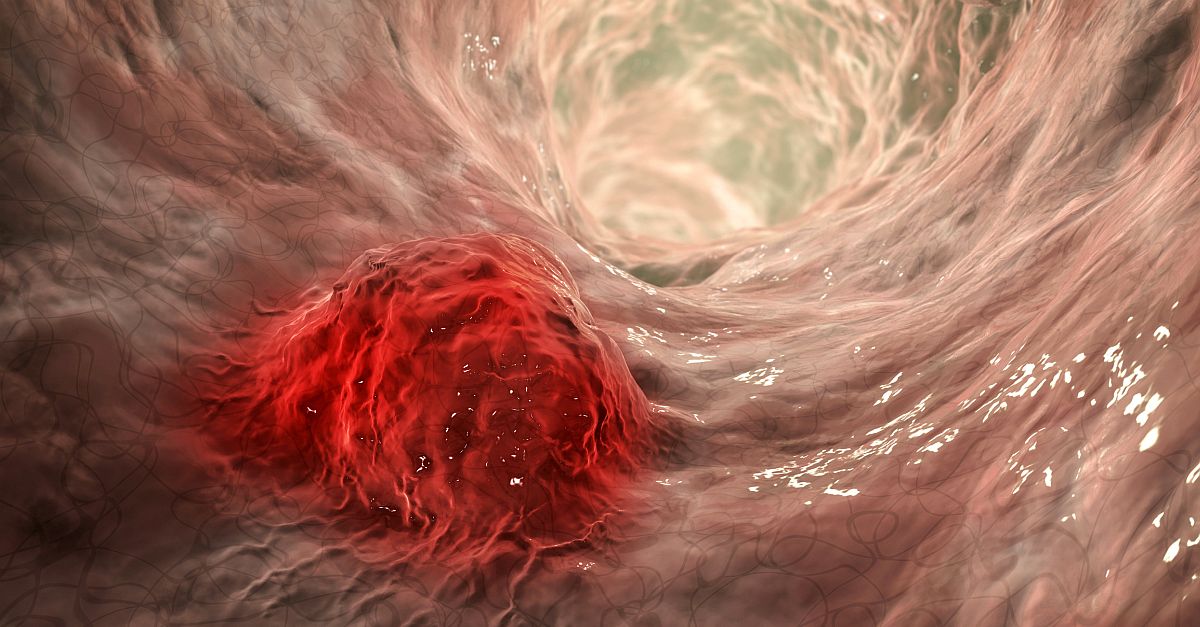
Aptitude Health recently spoke with Julien Taieb, MD, PhD, head of the Gastroenterology and Gastrointestinal Oncology Department at the Georges Pompidou European Hospital, Université de Paris, France. Prof Taieb’s main research topics are nonmetastatic and metastatic colon cancer and pancreatic cancer. He is particularly involved in clinical trials and translational research and has led more than 10 national and international phase II and III studies. Prof Taieb is a member of the European Society for Medical Oncology (ESMO), American Society of Clinical Oncology, and a number of French gastrointestinal cooperative groups and societies including the PRODIGE intergroup, the French Federation of Digestive Cancer (Fédération Francophone de Cancérologie Digestive – FFCD), the Multidisciplinary Cooperative Group in Oncology (Groupe Coopérateur Multidisciplinaire en Oncologie – GERCOR), and the French National Society for Gastroenterology (Société Nationale Française de Gastro-Entérologie – SNFGE). He is the founder of the AGEO French research group on gastrointestinal tumors and has a position on the administrative council for the scientific committees of ESMO, FFCD, and SNFGE. He has served as a member of the ESMO nomination committee since 2018. Prof Taieb is also a regular reviewer for Lancet Oncology, Journal of Clinical Oncology, Annals of Oncology, British Journal of Cancer, and European Journal of Cancer. He has authored 3 books, more than 400 peer-reviewed publications, and over 650 meeting abstracts. Here is a recap of our conversation:
What recent advancements in the management of gastric or gastroesophageal junction (GEJ) cancer do you consider the most compelling?
I think this year, the most compelling advancement overall in gastric or GEJ cancers is the new data in the perioperative setting. However, more research is still needed to measure long-term clinical outcomes, since most of the data were reported on the pathologic response and not clinical outcomes. In the metastatic setting, most compelling is the first evidence that combining immunotherapy with chemotherapy plus a human epidermal growth factor receptor 2 (HER2) drug may be effective for patients with HER2-positive, metastatic gastric cancer.
Which emerging trends or approaches do you believe hold the most promise for advancing the treatment of gastric or GEJ cancer?
In the past few years, immunotherapy combined with chemotherapy has been the standard for patients with a combined positive score (CPS) of more than 1, 5, or 10, depending on where exactly the tumor is located and which trial is being considered. However, it is a bit confusing for clinicians because the cutoff is not always the same. We have CPS cutoffs for gastric cancer of 1 to 10, and for esophageal cancer, from 0 in the adjuvant setting to 10 in the metastatic setting. I think in the future we will have to harmonize that and see which patients benefit the most from which drug, and I don’t expect that 2 anti–PD-1 (programmed cell death protein 1) drugs will perform very differently.
How will the role of biomarkers evolve in gastric or GEJ cancer? How is targeted therapy opening the therapeutic choices for patients with these diseases?
I think the question of biomarkers is very important in gastric cancer. For years now, we have been testing for HER2, since the Trastuzumab for Gastric Cancer (ToGA) study was published in 2010. Now we have CPS to help us decide on immunotherapy. But we also have a newcomer, Claudin18.2, along with a Claudin18.2-targeted agent called zolbetuximab that has shown positive results in phase III trials (ie, GLOW, SPOTLIGHT). We also now need to test these patients for microsatellite instability (MSI) status, which has been shown to be positive in 5% to 10% of patients. So now, upon diagnosis of any gastric cancer, we need testing to include not only HER2, but also CPS, MSI, and Claudin18.2. For our pathologists, this is quite a lot of work to do, and I hope that in the future, artificial intelligence will help do this staining in routine practice very quickly.
There is overlapping of most of the markers, which complicates decisions as to which agents to use and the sequencing of them in the landscape. CPS and HER2 help us know when to add an immune checkpoint inhibitor in addition to chemotherapy and trastuzumab. Another example is the ILUSTRO trial, testing the addition of immunotherapy to chemotherapy in Claudin18.2-positive patients. So we will wait for the results of this trial, but as has been found for HER2-positive patients, we may find a good population to treat with both the anti-claudin agent and the immune checkpoint inhibitor. For MSI patients, I think since they are so sensitive to immunotherapy, the question there is, can we skip chemotherapy? Some trials are exploring this, but clearly, immunotherapy will be the cornerstone of any treatment for these patients, at least in first line.
With the advent of new data and targets, how quickly do you think these new strategies may be implemented in daily clinical practice in Europe?
In France, we expect to have an early access program for the latest newcomer, zolbetuximab, in the summer of 2024, and a full reimbursement procedure is likely to follow 1 year later, around June 2025. We will have access to this treatment earlier than we did for the other drugs already on the market. We have had immunotherapy for gastric cancer for years now in Europe, the US, and all over the world, and we also have trastuzumab available. Consider the KEYNOTE-811 trial as an example; we are able to very quickly use immunotherapy if the patient has a CPS of 5, as it is indicated and already reimbursed, and now HER2 agents are also on the market, so it will not be a big issue in my country. I think in some other countries physicians may face reimbursement policies that will not allow mixing from 2 different registration processes, so they will have a specific reimbursement for this specific subgroup of HER2-positive and CPS-5 patients. But at least in France, I think we are going to use it very quickly.
In terms of biomarkers, will all testing be done up front for all the biomarkers? What type of testing will it be (eg, immunohistochemistry, liquid biopsy)?
I think we should do everything up front when possible, if it is accessible in the patient’s country. Otherwise, we will be looking for a new marker in an emergency when we need a new line of therapy, and the patient cannot always wait 1 or 2 weeks to start a new treatment. In addition, most of the trials were first line, so we really need to see a complete picture of the tumor at diagnosis. Generally, we start with tissue-based testing. In gastric cancer, small biopsies coming from the endoscopy are not always the best material on which to perform a full molecular and immunohistochemical analysis, but it is usually possible. When it is not, we can go to liquid biopsy. But the problem with liquid biopsy is that some patients are non-shedders. We face this issue more often in colorectal cancer, where we do a lot of liquid biopsies. When some metastatic locations—like lymph nodes or lungs or peritoneal carcinomatosis—are isolated, you might have no liquid component of the tumor, so there is not much you can do. When you have a positive result in liquid, it’s easy, but when you have a negative result, you don’t know if it is because there is no circulating tumor DNA in the bloodstream or because the patient does not have the mutation you are looking for. So it’s complex. In gastric cancer, I think we still need to conduct studies to determine the true performance of liquid biopsy.
What remains an unmet need in gastric or GEJ cancer, and how do you see the field evolving in the next 3 to 5 years in Europe?
As we have discussed, the landscape of the different targeted biomarkers is very diverse and complex. In gastric cancer, we need to better see all the overlaps and ultimately establish 6 or 7 subgroups. We need to determine not only what the best treatment is, but also identify the best treatment sequence. For example, we have new agents targeting HER2 that are being investigated, such as antibody-drug conjugates or tyrosine kinase inhibitors. We must see the study results and understand whether use of one agent in the first line will affect the efficacy of the others in later lines. These are complex issues that will likely be solved in the next 10 to 15 years by academic trials. Once these compounds have registration data in the countries, it will be easy to launch strategic trials from academic groups to try to answer

